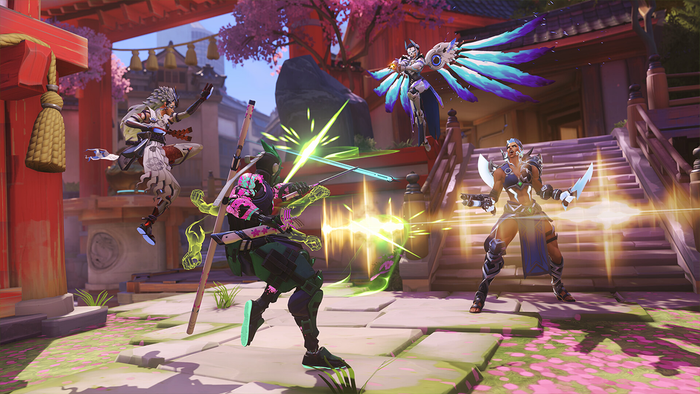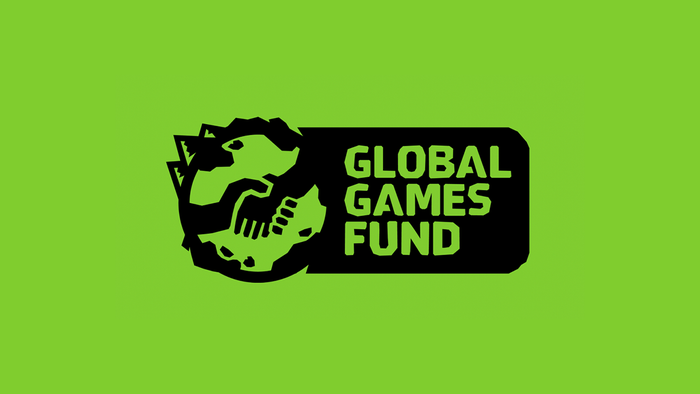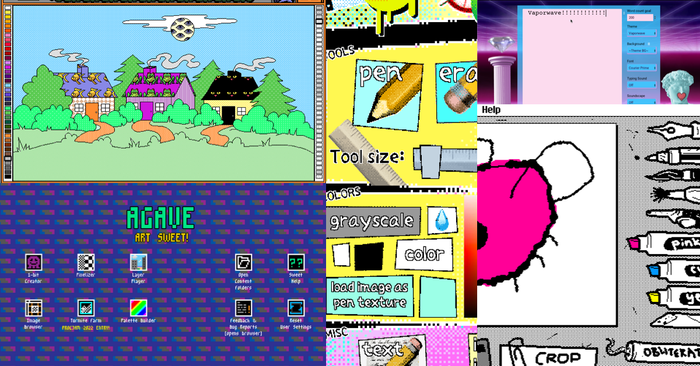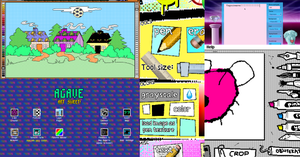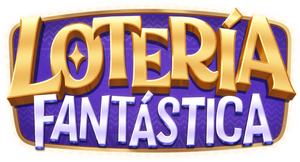
Featured Blog | This community-written post highlights the best of what the game industry has to offer. Read more like it on the Game Developer Blogs.
Branding and marketing games is one thing, but indie developers should also dedicated some thought to how they position their studios.
In this post, I'll walk through four steps to building a brand for your studio.

Recently I’ve put a lot of thought into how I want my studio to be perceived by others. I’ve asked myself: What are the attributes that make Superstring different to the slew of other indie devs? What values will unite all the games that are born out of my studio? What does Superstring stand for?
I can almost hear the gags and wretches – this subject matter unavoidably gets into quite guffy, saccharine territory. It sounds like a load of bollocks, doesn’t it? Not long ago I would have agreed and written anything like this off as pretentious busy-work – a fat waste of time.
In retrospect, that thinking was naïve. I’ve come to realise how important this positioning work can be in the long run; it’s a vital step that a lot of smaller developers and studios are overlooking.
Taking the time to properly position your studio/company will cement your creative vision – it will give the games that slowly fill your catalogue consistency and a stamp that is undeniably yours. It will help you hire likeminded folk, and – most importantly – it will allow you to shape what the masses think when they see your studio interacting in the wild. This work is easy to rush and difficult to nail, but it’s not expensive. Anybody can do this work. Everybody should do this work.
I want to say up front, by the way: I am by no means an expert in the world of indie development - Superstring is still a very young studio, and yet to release its first game (Headspun is out later this summer, releasing on PlayStation 4, Xbox One, Nintendo Switch, PC and Mac). I have A LOT to learn about development. I have, however, worked in the games industry for over a decade, with the past four years in a global brand role at an AAA publisher. Recently, I’ve been trying to leverage some of that big-publisher-thinking on a smaller scale.
Today I want to share that work here.
In this first entry in the Superstring Journal (get updates here!) – a new monthly blog exploring various aspects of indie dev life – I wanted to walk through the four steps I’ve taken with Superstring in terms of building a brand for the studio. I’m not claiming Superstring is the best example of any of these steps, merely an example.
Note: in an ideal world, the below would be worked up alongside the birth of your studio. It should influence the name you choose, the icon you design, the language you use when communicating with the world. I’d imagine lots of people skip over all this and just get cracking developing their dream game – I know I did. Much of the below can be figured out at a later date, however – it just needs a step back, and some dedicated time to figure a few things out.
Ok, here we go!
1 | DEFINE YOUR STUDIO’S MISSION STATEMENT
This should be an easy place to start, but wrapping language around the aims of your studio/business is surprisingly tricky. “Because I want to” doesn’t cut it, sadly.
Your mission statement isn’t a slogan. It doesn’t need to be catchy or clever. It just needs to lay out what you’re trying to achieve. If you’re a tech company it will simply outline the solution that your product offers to a problem. As game developers, our mission statements are more likely to be rooted in the experience we’re looking to give to our players.
Some examples:
Supergiant Games “We want to make games that spark your imagination like the games you played as a kid.”
Dropbox: “to unleash the world’s creative energy by designing a more enlightened way of working.”
Blizzard: “Dedicated to creating the most epic entertainment experiences...ever.”
Doublefine: “committed to making high-quality games with an emphasis on originality, story, characters, and fun​”
Giant Sparrow: “[to create] surreal experiences people have never had before. Our dream is to make the world a stranger, more interesting place.”
Superstring: “To bring narrative to unlikely places through genre hybrids and experimentation.”
Try not to skip this step, as it segues directly into the second.
2 | DEFINE YOUR STUDIO’S VALUES
Yeah, the second step is equally as vague and woolly as the first. Sorry. But again, it’ll unlock a lot if you can really nail this. Knowing the three values your studio stands for will help you to hire staff who share the same virtues, and thus develop games in accordance with a unified vision. It will help write your studio’s signature.
It’s all too easy to rush this step and fart out a few quaint sounding words - but if they’re not reflective of traits you genuinely believe in, they’re meaningless. ‘Honesty’ might sound like a lovely value on paper, for example, but in an ideal world this would be true of all companies and brands. It’s hardly a virtue to shout from the rooftops, is it? “We don’t’ lie!” Brilliant. Even if this is, in actuality, less common than we know to be true, it’s just a bit shit and generic. Dig deeper.
In an effort to minimise ambiguous bollocks and show how these values can directly affect your ongoing work, I’ll share Superstring’s values alongside examples of how these values help in practice.
Superstring is:
T R A N S P A R E N T
This might sound similar to ‘honest’ on paper, but it’s not. It’s about being actively open in all facets of development. It’s about sharing, and keeping very open channels of communication.
In practice: transparency will inform the content we create and share outside of core development - hence this blog! It guides how we interact with other developers, and – hopefully – shapes our games, which will benefit from the outside perspective we otherwise lack as a small team. I think this is really important for small studios where you can easily end up working in a bubble. Transparency is a two way street.
G U T S Y
There were several words I flirted with here – spirited, daring, adventurous – but they all relate to being bold. As Superstring is a one-man team, and a side project (I have a salary and full time job if things go pear-shaped), I’m happy to take risks. If an idea doesn’t pan out, nobody loses their jobs. Nobody goes without food or accommodation.
In practice: Riskiness as a value means that experimentation is built into the studio’s DNA. Our games don’t need to be approved by a risk committee. We will actively pursue ideas that are more out there.
R E B E L L I O U S
This sounds try-hard, but I’ve always been keen to weave a little attitude into Superstring’s persona. I don’t want the studio to walk or talk like a traditional developer; I want it more in line with a band’s brand, for example. Specifically, I want to tap into the themes and visuals of the synthwave music scene – which I feel embodies this attitude nicely.
In practice rebellion as a core value gives nice constraints for visuals, tone of voice and language. This value has directly influenced the visual identity work I'll outline later.
3 | WRITE YOUR STUDIO MOTTO/TAGLINE
The first two steps involve language that – should you wish – need never be public. They’re the invisible tracks your studio will run along. Your motto (or tagline), however, is the slightly more succinct and catchy embodiment of the first two steps. It’s the language you’ll whack on your website and Twitter bios and whathaveyous. It should succintly convey what you’re all about.
Here’s what I landed on for Superstring (after many iterations…):
“(Superstring is) dedicated to abusing the boundaries of game genre.”
I like this because it a) reinforces my mission statement of experimenting with genre hybrids, and b) introduces a little hint of attitude. It sounds progressive – a little rebellious, even.
Note: With the motto complete, I’d also recommend building out a long and short description for your studio, too. There’s countless uses for these (website about page, press release boiler plates, etc etc) , and having a long and short versions prepared will save you a lot of time.
4 | DEVELOP YOUR VISUAL IDENTITY
With the first three steps nailed, you can start building the core assets that will reflect your aims. All that introspective ethereal rubbish can now be converted into some lovely eye-candy! This final step is a big, complex one, in truth; the extent to which you’ll be able to act on it may be limited by budget (it certainly is in my case – there’s plenty more I’d do with a bigger wallet), but there’s a lot you can do to bring your intention and values to the world.
A – by no means exhaustive – list:
L O G O
What is your studio logo? How does it reflect your values? Does it reflect your tone of voice? Does it take advantage of accompanying iconography? Does it work in both black and white? How will it animate in video form?
P R O F I L E P I C T U R E S
What is your Twitter/FB/Insta/Discord/IndieDB profile image? Does it use your logo’s iconography? Is it still readable at a teeny-tiny resolution? Perhaps there’s no better representation of your studio than your own beautiful face.
K E Y A R T
I wouldn’t say your studio needs bespoke key art (unlike your game, which most certainly does), but it can help establish your values and convey what you’re all about. I was really keen to have something more than just a logo for social headers / website backgrounds etc.
C O L O U R P A L E T T E
This will likely fall out of your key art & iconography – but having a defined colour palette will help tie everything together across the many platforms you’ll likely use. Continuity is key. Whenever I set up Superstring on a new service or social media, I ensure the colour themes are set to purples/blues/pinks; whatever is closest.
F O N T
What font or lettering are you adopting for studio communications? We all know how poor font choice can lead to wrong impressions...
O T H E R S T Y L E E L E M E N T S
e.g.
D O U B L E S P A C I N G I M P O R T A N T T E X T
//Branded bullets
Signature Emojis
W E B S I T E
How does your website bring together all of the above to perfectly convey the brand you've tried to cultivate? This is the one place you have complete control over, and it should accurately portray what you're all about.
Note: I see lots of developers leaning on imagery from one of their games in relation to the above. I think it’s important to separate your studio imagery from game imagery as soon as you’re able. Let your studio stand on its own legs and exist outside of individual game branding.
There’s a lot more to it than just this, of course. The language and tone of voice you adopt is also born out of all this positioning work, but there's enough to talk about here to dedicate a blog of its own. I won't go into it now.
I still think a lot of the above can feel pretentious and without substance, but going through the motions of each step honestly unlocks a lot. Give it a bash.
Thanks for reading – I hope somebody finds some use in this. I am more than happy to chat in more depth about any of the points here – come chat with me on Discord - and if you found this helpful, please do subscribe to the Superstring newsletter for the next dev journal.
--
Read more about:
Featured BlogsAbout the Author(s)
You May Also Like


